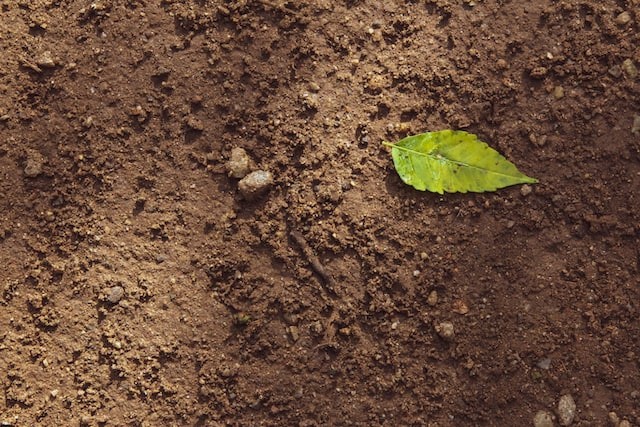Collaborating with American scientists are researchers from Virginia Tech to find new insights into soil system processes are being provided by the Forest Service of the Department of Agriculture, the National Ecological Observatory Network (NEON) of the National Science Foundation, and other academic institutions.
Moisture's effects on soil carbon cycle

Strahm, a professor in the Department of Forest Resources and Environmental Conservation at the College of Natural Resources and Environment and the grant's principal investigator, there is a significant difference in how carbon in soil is cycled over humid and arid soil systems, as per ScienceDaily.
The group's initial hypothesis regarding the elements that make soil effective at sequestering carbon is at odds with these findings, which were published in the journal Proceedings of the National Academy of Sciences.
The team used core samples obtained from NEON, an observation network seeking to gather long-term ecological data across the North American continent to understand better how ecosystems are changing.
NEON's goal is to better understand how ecosystems are changing.
Researchers were able to get a close-up look at hundreds of various soil horizons, or layers of soil, depending on their age and composition, thanks to the 400-meter-deep cores that they excavated for this study.
Beginning with those core samples, scientists used radiocarbon and molecular composition tests to determine the relationship between the quantity and persistence of carbon in the soil as well as the accessibility of moisture in the area where the samples were obtained.
The analysis of the data, particularly in light of the biological significance of these discoveries, was helped by associate professor Brian Badgley, who is a member of the School of Plant and Environmental Sciences.
According to Badgley, the study substantially addresses a knowledge vacuum in how we now comprehend soil microbiology.
It is the aim of the lead author Kate Heckman, who collaborated with academics at Michigan Technological University, that scientists will expand on these discoveries.
She offered manipulating studies of fields and croplands as a potential subject for future research since they would give scientists a direct view of just how changing soil moisture affects soil carbon processes.
Carbon Cycle in soils
The largest terrestrial carbon pool is soil organic matter (SOM), which has more than three times as much carbon as the atmosphere or living plant pools, as per MicrobeWiki.
The carbon cycle is crucial for preserving ecosystems and the climate on a global scale.
As the main source of carbon in the soil, soil organic matter (SOM) is vital to understanding climate change.
The breakdown of residue and the production of SOM are closely related processes.
One of the key roles played by microorganisms in the soil is the decomposition of organic waste.
The soil bacteria use the leftover parts as a source of carbon and energy to create new cells.
Plant residues from either produced crops or native vegetation, which serve as the source of energy contained in the carbon compounds, make up the majority of the organic materials supplied to soil.
© 2025 NatureWorldNews.com All rights reserved. Do not reproduce without permission.





